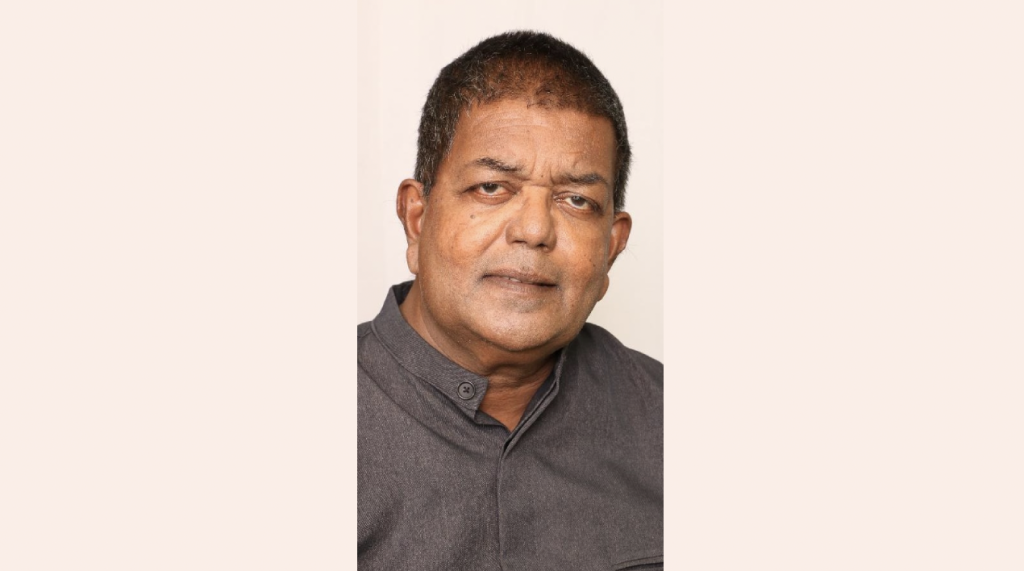Does the Hindu community have a middle class? If so, how strong is it compared to the Black middle-class?
If I am to define the term middle-class, I would say those families that have satisfied the necessities of life-food, clothing, shelter, health care and attained a sound education; and most importantly, are qualified and skilled to serve as professionals and administrators of private and public institutions.
I would like to emphasize that the middle-class does not work for a salary per se but to enhance the quality of life of the society. For example, a doctor working in a health institution should be conscious of improving the services of this hospital rather than focusing solely on doing his work and drawing a salary.
It is this collective responsibility that builds strong societies and not individual survival. Middle- class Hindu families have done well. The members have sacrificed for one another, and it is common to see several middle-class families earning well and qualifying as professional but failing to land jobs as heads of departments where decisions are made, and policies are shaped. The challenge is for the Indian middle-class to shed this “working-class” survival mentality and go for the whole hog.
Blacks have a more national outlook, wanting to be in charge. This did not come about overnight; they have been settled in the professions long before Indians and have a better understanding of political power and how it shapes and influences the society. Their long struggles after emancipation in 1838 for social justice had produced a galaxy of leaders: CLR James, Jomo Kenyatta, Kwame Nkrumah, Marcus Garvey, W.E.B. DuBois, Edward Blyden, Henry Sylvester Williams, Kwame Ture, and Malcom X in more recent times.
Caribbean blacks were not spectators and admirers of the Pan African Movements and other black movements but were equal participants. The Pan African Movement with London as its headquarters rallied black leaders globally bringing all within its orbit. This was unlike the Indians in the diaspora who were mere spectators of India’s struggles for independence.
The Maha Sabha’s leadership under Bhadase Sagan Maraj was drawn from the middle- class with a vision. It included Simbhoonath Capildeo, a solicitor, Chanka Maharaj, a member of the Legislature, Jang Bahadursingh, a businessman and Rampersad Bolai, another businessman from Sangre Grande. The Maha Sabha successfully executed a school-building program in 1952 and a political party- Peoples Democratic Party- in 1955.
By 1962 when Independence came most Hindus were poor and illiterates with few escaping the cane fields to join the professions. Among the professionals, only a few identified with the trials and tribulation of the community. In later years as more Hindus escaped the lagoon and cane fields, they followed the earlier professionals who only had contempt for their social origins.
The political movement that emerged in 1956 was initially strong, defeating the PNM twice but only to become weak and divided after suffering defeat in the 1961 General Elections. The ugly display of antagonism among opposition members provided limited or no opportunity for the community to consolidate on the political front.
Institutions are the bedrock of a society. The Jewish community, though small in numbers in the USA, has built institutions to consolidate their numbers. The few religious organizations that mushroomed in the Hindu community degenerated into one-man circuses with several going comatose when the founder becomes incapacitated or migrate to Bramha Lok.
The Hindu middle class is too self-centered, thus not finding the opportunities to express their fullest potential. Our national institutions would be better administrated if equal opportunity is given to all nationals to serve. It is time for this middle-class to rally their numbers and take charge of this country. History has demonstrated that a group does not have to be 51% of the population to influence decisions. The reality is that decisions are generally made by a 1% in most societies.
Hindu society has survived the onslaught of invasions and colonization because of its Brahminical culture, that is practicing self- restraint and engaging in learning. India continues to progress because that Brahminical culture remains intact, though it has been shaken time and again.
The enemies of Hindu society are aware of this strength and hence their pernicious attacks on Brahmins. Only last week there were graffiti on the walls of JNU University in Delhi calling for deaths to Brahmins. In the US forces working against India are pressing Congress to curtail the employment of Brahmins by labelling them oppressors.
A study of the lives of successful entrepreneurs such as Andrew Carnegie, Jeff Bezos, Narayan Murthy, and Steve Job would reveal a love for learning, hard work and simple living. These are the ingredients for success, not curry chicken, biryani, white rum, dhal puri and geera pork which continue to ravage the community with diabetes, strokes, and heart attacks. Unless the Hindu middle-class wake up to their true consciousness, the future of this country would be grim.
